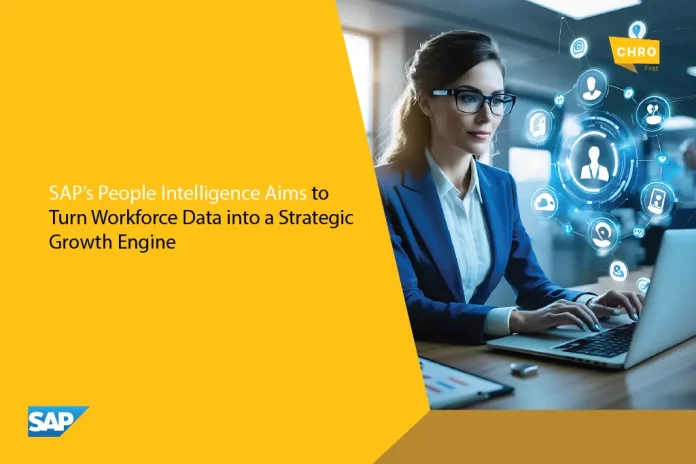Many companies now rely on data for decision-making. Still, few have a clear view of their workforce. Fragmented systems and hidden spreadsheets make it hard for leaders to answer key questions. For instance, do we have the skills to execute our strategy? Where is our turnover risk? Are we deploying people effectively to meet customer demand?
IDC research highlights the benefits of people analytics. Organizations that use workforce insights report significant gains. For example, 98% see lasting improvements in employee satisfaction. Ninety percent show better performance toward strategic goals, and 87% achieve higher retention rates. Yet, accessing actionable people data is tough. AI needs organized, high-quality information to provide useful insights and recommendations.
To fill this gap, SAP introduced the People Intelligence package in SAP Business Data Cloud earlier this year. This AI tool merges people, skills, and business data from SAP SuccessFactors and other sources. It helps leaders make quick, informed decisions.
At Success Connect during SAP Connect, SAP also introduced new prebuilt insights. These insights cover recruiting, learning, succession planning, career development, and performance management. With these features, organizations can more easily turn workforce data into measurable business impact.
Also Read: Visier Unveils MCP for AI Agents, Bringing Secure, Governed People Data to the Entire Enterprise
People Intelligence blends company-wide data with AI predictions. This aids in workforce forecasting, spotting labor risks, and improving planning. With SAP’s AI copilot, Joule, HR teams receive quick answers to important questions. These include headcount, pay equity, skills gaps, and acquiring necessary capabilities.
SAP links workforce insights with financial, operational, and supply chain data. This helps leaders see how talent decisions affect productivity, compliance, and profits.
As organizations adapt to rapid AI changes and evolving skill needs, People Intelligence provides the clarity to create a future-ready workforce. This keeps them ahead in the shifting work landscape.

